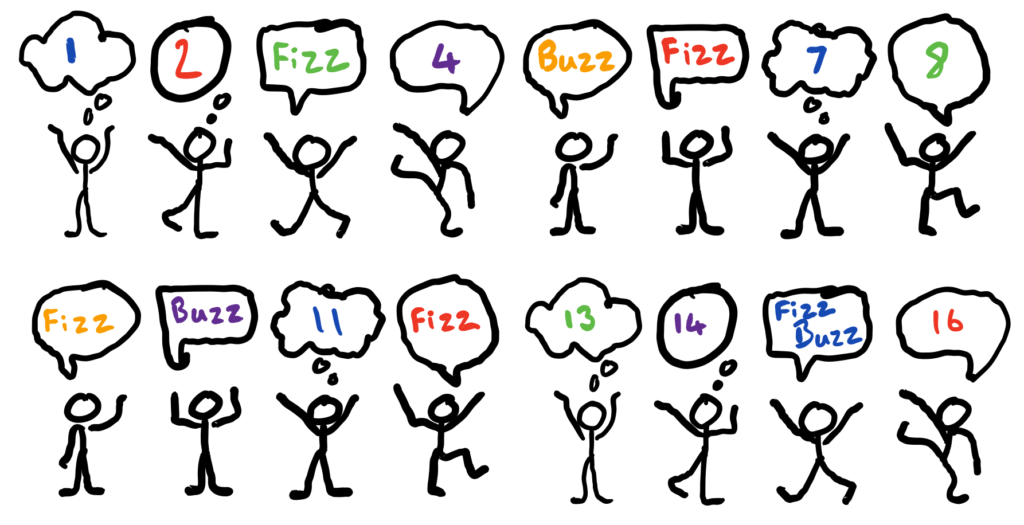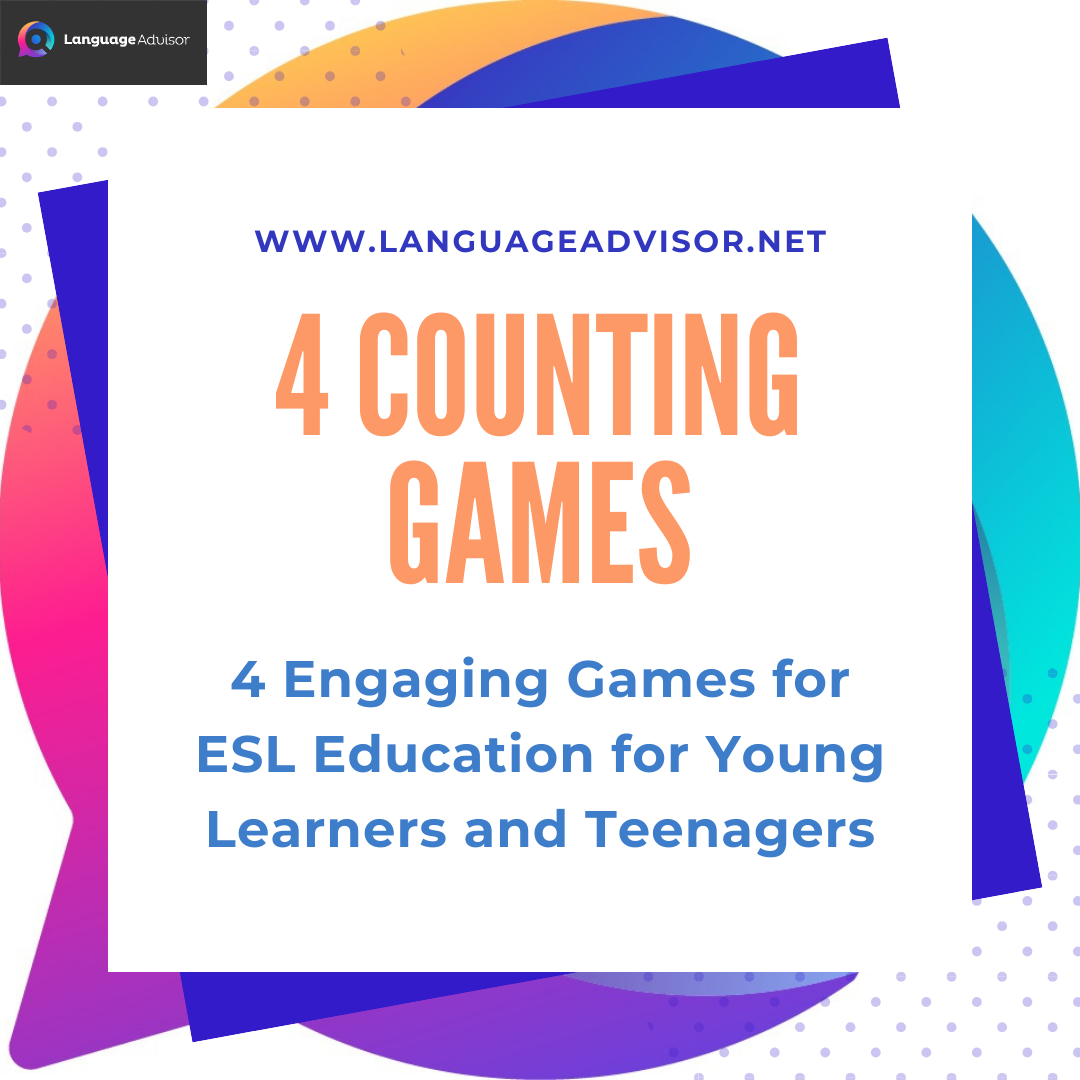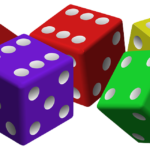4 Counting Games. Counting Fun: 4 Engaging Games for ESL Education for Young Learners and Teenagers
4 Counting Games

Engaging young learners in the classroom can sometimes be a counting challenge! However, with the right games, teaching numbers can transform into an exciting adventure. In this guide, we’ll explore four interactive counting games tailored for young learners. From energetic activities to quiet, focused tasks, these games are designed to make learning numbers enjoyable and memorable for your students.
Let’s dive in and discover how to turn counting into an engaging experience for young minds!
4 Counting Games

7 Up
This is a great ESL counting game for young learners. It works well as a five minute warmer.

- Age/Level: Young learners
- Time: 5 to 10 minutes
- Players: Individual
- Preparation: None
- Aim: To practice numbers 1 to 7
Procedure
To start the counting game, you need to sit the students in a circle. The students then count in turn going around the circle.
The first student says the number one and using their hands indicates to the left or the right.
The student, who has been selected, then continues counting and indicates to his/her left or right.
This continues until the number seven. The student saying the number seven must raise their hand above their head to indicate the next student and says, “7 Up.”
Then, the counting starts from number one again.
Students are out when they say a number when they have not been selected. This happens a lot because students may gesture with their head or other part of their body, but it’s the gesture with their hands that matters.
The last remaining student is the winner.

Fizz Buzz
Here is a wonderful ESL counting game for teaching or reviewing numbers.

- Age/Level: Any
- Time: 10 minutes
- Players: Individual
- Preparation: None
- Aim: To practice numbers 1 to 100
Procedure
Sit the students in a circle.
Have the students count in turn going around the circle, starting with number one. Every time the number reaches a multiple of five, a student says, “Fizz.”
Every time the number reaches a multiple of seven, a student says “Buzz.”
If a student makes a mistake, either by saying a number instead of Fizz or Buzz or by saying the wrong number, the counting starts again from number one.
When a student gets it wrong, they are out of the game and have to answer a question set by the teacher.
The object of the game is for the group to reach 100 without making a mistake.
For young learners, play the same game, but only use the word ‘Buzz’. When they come to a number, which contains or is a multiple of three (e.g. 3, 6, 9, 12, 13, etc.), they say “Buzz” instead of the number.
The object for this version of the game is to reach 30 without making a mistake.

Frog Bob
This is a highly amusing ESL counting game for young learners to practice basic numbers..

- Age/Level: Young learners
- Time: 5 to10 minutes
- Players: Individual
- Preparation: None
- Aim: To practice numbers 1 to 20
Procedure
Get the students to squat like frogs in a circle.
Tell the students that they are going to count from 1 to one number less than the amount of students in the circle, e.g. If there are 10 students, the students count from 1 to 9. If there are 15 students, they count from 1 to 14, etc.
Every student must try to say one of the numbers or they are out.
Every time a student says a number, the student must bob up and down like a frog.
If two students say a number at the same time, they are out, or the slower student is out.
The game then starts again from 1 to one number less than the remaining students, and so on until there are two students left. These two students are the winners.

Tinglish
Students will certainly enjoy this simple and humorous counting game.

- Age/Level: Young learners
- Time: 10 minutes
- Players: Individual
- Preparation: None
- Aim: To revise basic numbers
Procedure
Start the counting game by getting the students to sit in a circle.
Tell the students that they are going to play a counting game using their native language and English alternatively, e.g. Thai and English.
The first student starts by saying the number one in English. The second student says the number two in their native language, e.g. Thai. The third student says the number three in English, and so on.
A student is out of the game if they say the wrong number or use the wrong language. To make the game more exciting only give the students one or two seconds to respond, or they are out of the game. It’s a lot harder than it seems.
The last student left is the winner.

4 Counting Games. Here are some other English ESL resources












